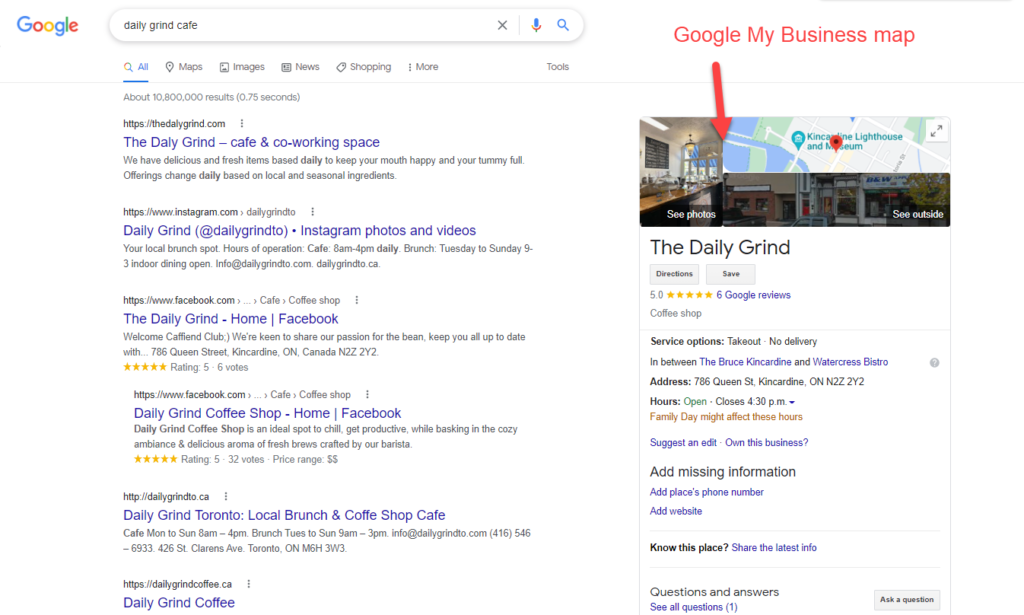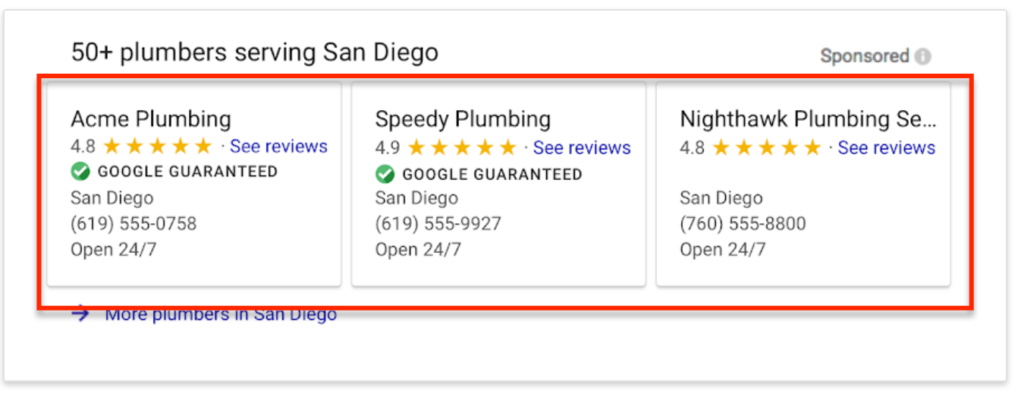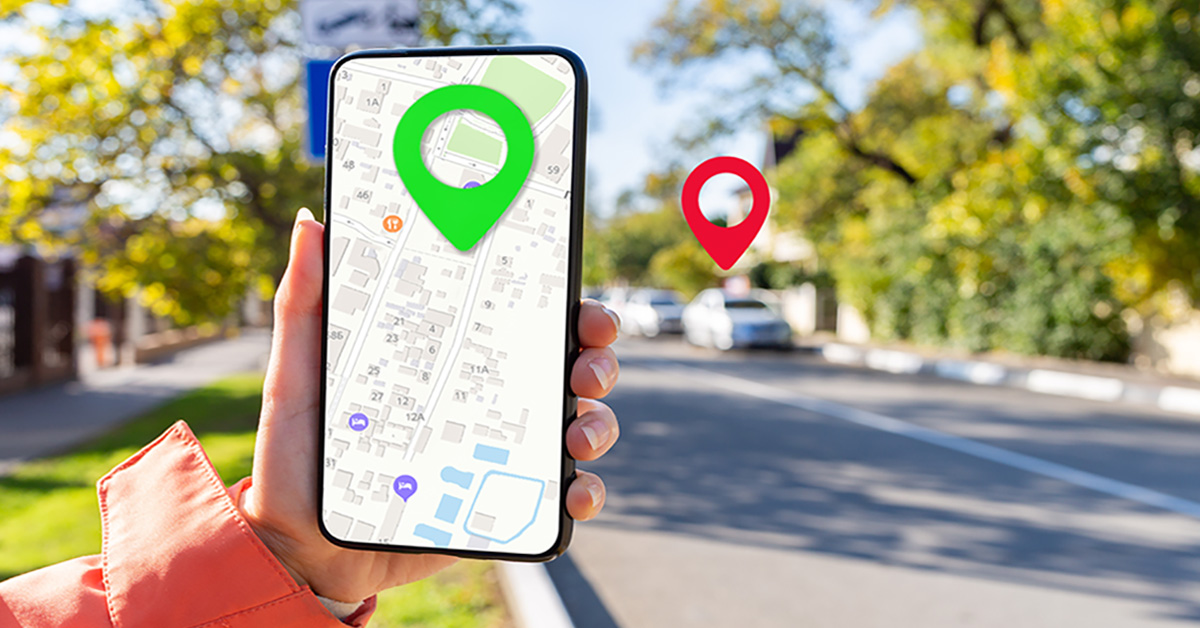No longer are your customers walking past your door; they’re looking you up before they even step out the door. Having an online presence is the first step, but now you need to make sure you’re being found on this vast digital landscape. You may have used local search yourself, but often wondered what you need to do for your business in order to be found?
There are plenty of agencies that specialize in this, but did you know that there are some simple things that you can do yourself to get off on the right foot?
Define Local Search and Benefits
Let’s start off by defining it for you: Local search means being found when someone is looking for something in the local market you serve. It is perfect for businesses that are geographically focused because local search (think about looking for a Thai restaurant near you):
- Increases visibility, site traffic, leads, and ultimately foot traffic
- Develops trust and loyal customers by validating your business and allowing them to Review your business
- Avoids wasting time competing with eCommerce giants who have big budgets and rank higher on generic searches.
This is important because:
- 46% of all Google searchers are looking for local information.
- Of those, half result in an in-store visit (physical or online) within one day.
- “Near me” searches grew by 900% over two years.
Four Types of Search Results
The areas of the Google local search results page where you can potentially get your business listed include:
- Google My Business maps (GMB). Despite being a free business profile on Google, a shockingly high number of businesses have not claimed their listings. 90% of consumers use GMB to find a local company.

- Local search engine optimization maximizes your online presence based on a set of ranking criteria – proximity, relevance, and prominence (the quality of your website) – so that Google returns your listing as one of the most relevant results.
- Paid search results start with “Ad”. Each time someone clicks on your search result, you pay a fee to Google. The key here is to ensure you have a strategy… which is where we come in!
- Google Guaranteed listings have earned a rotation at the top of the page for local searches.

Seven Actions to Implement in Your Business
Get your business listed on one or more of these four prized spots of the first page of local search results.
1. Have a Mobile-friendly Website
Having a responsive design means that your website can adapt to any screen size and makes it easier for your customers to find you because most local searches these days are done on phones.
If your website does not pass Google’s test, get in touch with your web developer ASAP.
2. Include Your Address on Your Website
This might go without saying, but sometimes the simplest of things can be forgotten! If you only have one location, add it to your contact page and website footer. If you have multiple locations, use a “Locations” page to list each address, and create a unique page for each.
Including Schema Markup to your site tells search engines precisely what your business name is, your logo, address, phone numbers, operating hours, and more.
3. Create a Google My Business Listing
By far the most important action for local SEO is not only setting this page up, but ensuring it is completed in full and updated often (i.e. holidays and any unforeseen closures). During the pandemic, this was critical when businesses were opening and closing a lot and customers found it frustrating when My Business said they were open, and come to find a business was closed. You want to make sure that if your website also has hours of operation, it is in-line with your GMB listing.
Not-to-mention, it’s an easy way to get a first page search result on a local business with these steps:
- Claim your listing
- 100% complete all your business information
- Upload media
- Embrace and respond to customer reviews – even the bad ones! Watch out for WSI’s webinar on customer reviews
- Enable any suitable additional features, e.g. chat, social
- Create Google posts on your profile
- Take advantage of Google My Business’ reporting and analysis platforms
4. Add Local-Oriented Content
Keep content fresh with regular blogs posts. You don’t even need to spend tons of time on writing new blog posts, you can make updates to your current content to give it a fresh look.
5. Use Business Citations
Online mentions of consistent NAP info – name, address, phone – boosts rankings. Check yours here. If your business data (NAP data) is incorrect or inconsistent on your site or across the web, it impacts your local search ranking and local SEO.
6. Optimize for Voice Searches
Because most local searches are done by phone, people are increasingly using voice-activated search. Be specific and conversational.
7. Google Guaranteed
Apply for this certification that gives prospects additional confidence in your business. Used mostly in service industries.
Some of the above activities are easier said then done when you may not have extensive digital marketing experience, but all contribute to your business’ visibility online, and ultimately both digital and physical footfall. Start with some of the easier actions, such as setting up or completing your Google My Business listing and take it from there. Rome wasn’t built in a day!


Stay Connected